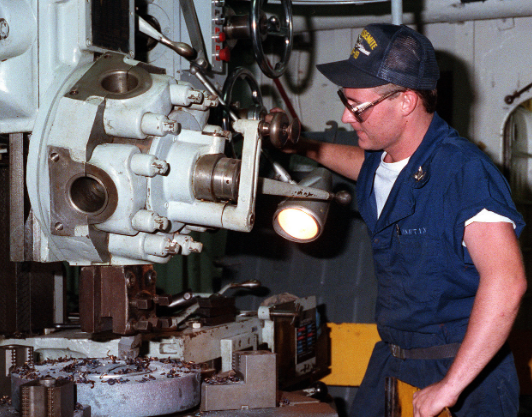Choosing Between Preventive and Predictive Maintenance For Your Business
Two of the major approaches to maintaining a manufacturing organization’s equipment line are predictive and preventive maintenance. Both of these methods provide organizations with a unique value but are vastly different from one another.
Preventive maintenance has been the standard for manufacturing organizations for some time. This strategy is rather simple: maintenance all pieces of equipment at set time intervals. For most organizations, this depends on the current statuses of their different pieces of equipment and the age of these pieces of equipment.
Predictive maintenance is a strategy that utilizes real time data collection in order to determine a piece of equipment’s maintenance schedule. Rather than performing maintenance on a set schedule for all pieces of equipment, this method suggests maintenance to be done on the equipment as needed. Much different from its preventive counterpart. This approach does have some cons, though, as predictive maintenance systems are much more expensive for organizations to implement.
Despite the additional costs associated with predictive maintenance strategies, implementing them continues to become easier. As the number of technologies within the Internet of Things increases, the easier it becomes to track your equipment through these connections. Information you’re able to collect in real time as a result of these connections, such as performance data or temperature, makes it easier to predict when any given piece of equipment will require specific maintenance. All of this makes for a greater efficiency for your business and can solidify your competitive advantage.
What every organization must consider despite all of this, however, is that predictive maintenance isn’t always the clear-cut best strategy. There will always be periods of unexpected downtime regardless of the strategy you employ. In addition to this, despite most organizations likely willing to go the way of predictive maintenance, the barriers of entry are rather high. This strategy requires highly sophisticated technology to be implemented, which requires an extensive training process for those conducting maintenance to learn and master.
If you’re on the cusp of beginning your own manufacturing business, it is imperative that you develop a maintenance strategy that will play to the strengths of your business operations. The featured infographic below, courtesy of Industrial Service Solutions, should give you a bit of guidance. In it you’ll find additional information regarding both the benefits and limits of each of the maintenance approaches discussed in this post.


